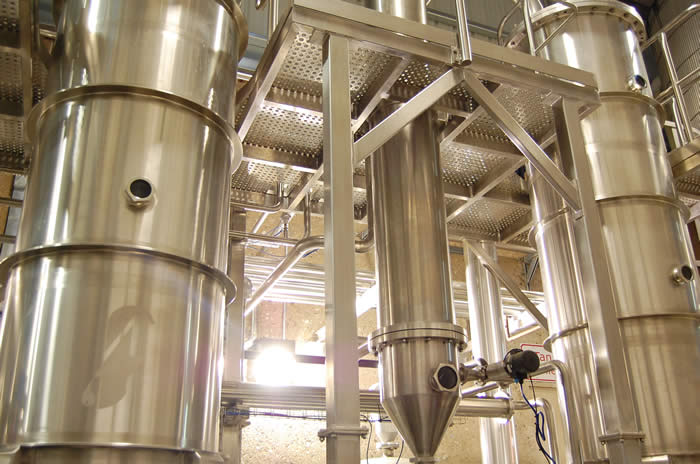The quest for excellence in viticulture is driving estates to explore modern processes. Among these, nanofiltration of wine has become a major breakthrough. This technique is attracting more and more oenologists, as it improves quality without altering the identity of the crus.
If you're interested in wine-related articles, download our app for IOS or Android. It will give you access to our wine lexicon, our articles and our innovative solution, designed for all wine consumers and collectors.
Understanding wine nanofiltration
Wine nanofiltration uses very fine membranes capable of retaining certain molecules. It lies somewhere between ultrafiltration and reverse osmosis. This method makes it possible to control the concentration of tannins, sugars and acids. Winemakers gain unprecedented precision in adjusting aromatic profiles. Contrary to popular belief, this technique does not alter the wine. It acts as a subtle fine-tuning tool.
The role of membranes in wine filtration
The membrane is the heart of the wine filtration system. Its pores measure just a few nanometers, hence the name nanofiltration. They allow water and small molecules to pass through, but retain heavier compounds. Thanks to this process, the balance between freshness and structure can be adjusted. The precision of this wine technology appeals to many wineries seeking to stand out from the crowd.
An innovative winemaking tool
The use of nanofiltration in wine is a real innovation in winemaking. It reduces alcohol content without compromising taste. This approach meets the growing demand for lighter wines. It also helps reduce excessive bitterness in certain grape varieties. Winemakers now have a lever for adapting their production to current trends.
Control of oenological parameters
Nanofiltration helps to regulate several key elements in the winemaking process. Acidity levels can be corrected with great precision. Residual sugar can be adjusted to suit the desired style. Some winemakers also use it to reduce the concentration of heavy metals. Each stage of the wine filtration process can be adapted to the winemaker's objectives. This flexibility enables us to satisfy both amateurs and demanding connoisseurs.
Wine technology at the service of taste

Wine technology is evolving to keep pace with the age-old art of viticulture. Nanofiltration is not intended to transform wine into an artificial product. Rather, it aims to reveal the potential of each cuvée. A winemaker can sublimate the finesse of a grape variety or enhance the power of a blend. Innovation in winemaking thus becomes an ally of authenticity.
Reducing the risk of defects
Nanofiltration of wine also helps to limit certain defects. It can reduce excess volatile matter, which disturbs the aromatic balance. The process can also correct excessive bitterness. Membranes help prevent microbial deviations. Wine filtration is therefore an essential preventive tool. It reduces losses for the winemaker and guarantees greater consistency in the cuvée.
Nanofiltration and environmental sustainability
Wine technology must also respond to ecological challenges. Nanofiltration consumes less energy than other processes. It reduces the need for corrective additives. Many wineries see it as a more environmentally-friendly solution. Innovation in winemaking is thus at the service of sustainable viticulture.
Nanofiltration wine limits
Although promising, this technique also has its limitations. The cost of membranes remains high for some small-scale producers. Regular monitoring is required to maintain efficiency. Wine filtration can also alter certain delicate balances. Winemakers need to find the right balance when applying it. Wine technology requires precise training to guarantee harmonious results.
Reception by wine professionals
Some purists criticize nanofiltration for being too interventionist. Yet many prestigious estates are already using it successfully. Oenologists see it as a complementary tool rather than a total revolution. Innovation in winemaking is always based on a balance between tradition and modernity. Wine filtration thus becomes a strategic option for improving quality.
Forward-looking winemaking innovation
The future of viticulture lies in the alliance between ancestral know-how and advanced wine technology. Nanofiltration makes it possible to meet the varied expectations of consumers. It also opens the way to new aromatic explorations. The next few years will undoubtedly see a growing integration of these processes. Innovation in winemaking will continue to drive the sector forward.
If you enjoyed this article, don't hesitate to read the next one "What wines to offer a wine lover without taking risks?"which may also be of interest to you!





